1. No Talking During Lunch
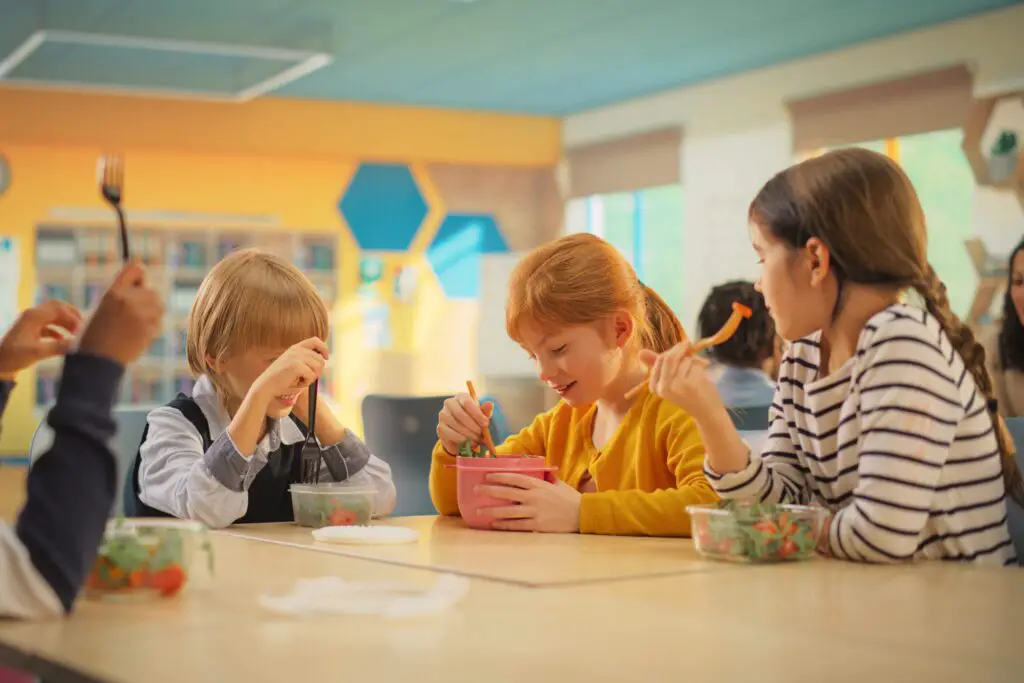
Remember the strict rule where talking was only allowed if you had permission? In many schools, students had to eat their lunch in complete silence, as the lunchroom was considered a “quiet” time. Teachers believed that it would encourage better behavior and prevent distractions. Of course, this often led to awkward, uncomfortable meals where students couldn’t even share a laugh or chat with friends.
Looking back, this rule now seems totally unnecessary, especially in the bustling, noisy cafeteria environment. With so many kids gathered in one place, it seems like silence would be nearly impossible to maintain. Socializing during meals is actually a great way for students to unwind and connect with peers. Today, it’s hard to imagine lunch without the chatter and laughter that we now consider a part of the fun.
2. Milk Must Be Finished Before Leaving

In some schools, it wasn’t enough to just get milk; you had to finish it before you could leave the lunchroom. No half-empty cartons allowed, no matter how much you hated the taste. Teachers enforced this rule to ensure kids weren’t wasting food, but it often led to students guiltily sipping down cold milk they didn’t want. It also created unnecessary pressure on kids, especially those with dietary restrictions or who just didn’t like milk.
When you look back at it now, it seems strange that something as small as not finishing milk could dictate when you’d be allowed to leave the table. This rule completely ignored the fact that some students had preferences or sensitivities that made finishing milk a difficult task. Today, the idea of forcing kids to drink something they don’t want seems like a ridiculous waste of time. We’ve learned that there are better ways to encourage healthier habits.
3. Only One Scoop of Mashed Potatoes

Mashed potatoes were a cafeteria classic, but they came with strict limits. The rule was that students could only have one scoop of mashed potatoes, no matter how much they liked them. This restriction was often made to make sure there was enough food for everyone and to maintain portion control. But for those who adored mashed potatoes, it felt like an unfair limitation.
The idea of kids looking longingly at the scoop of potatoes while being told they couldn’t have any more is a bit hard to believe now. The concept of limiting food that kids enjoy, especially something as harmless as mashed potatoes, seems counterproductive today. Now, the focus is on offering variety and letting students enjoy what they like in reasonable portions. It’s a far cry from the days of potato rationing.
4. No Ketchup on the Side
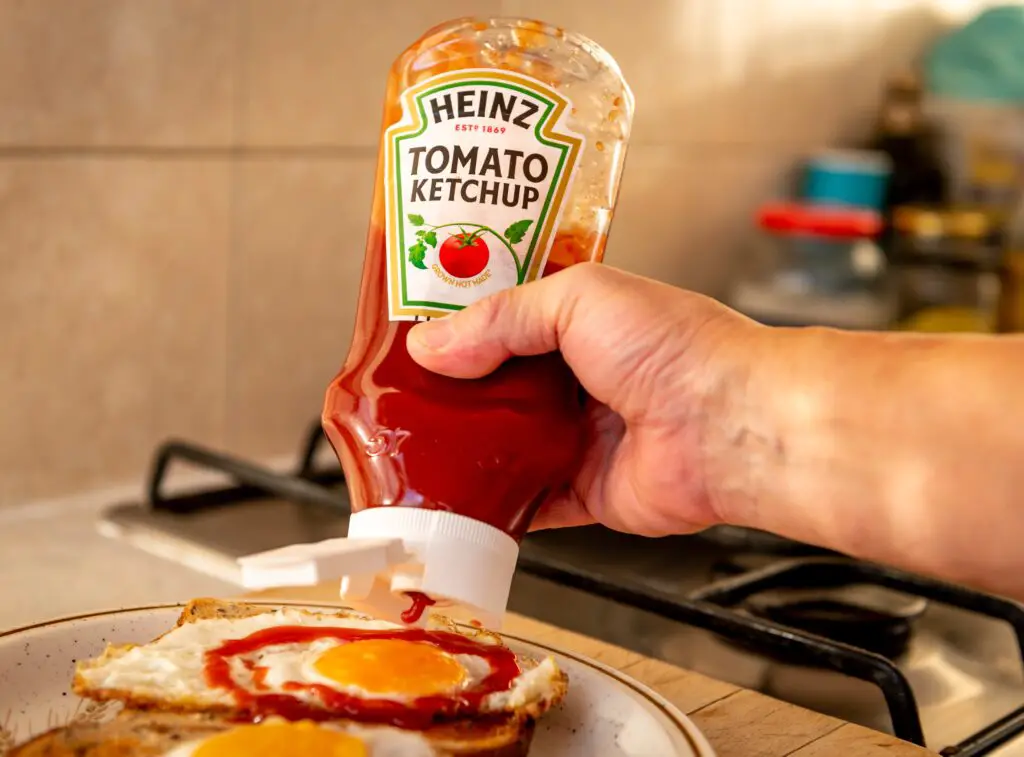
In some schools, students were not allowed to have ketchup served on the side. It had to be squirted directly onto the meal, usually meatloaf or fries, which was seen as the “correct” way to eat it. This rule was probably designed to keep things neat, but it made the process of dipping fries or smothering burgers in ketchup a bit too formal.
Nowadays, we recognize the joy of dipping and customizing food to suit our tastes, and the idea of limiting condiments seems laughable. After all, food is about choice and enjoying the meal the way you want, not about conforming to a rigid system. Kids today wouldn’t stand for ketchup deprivation—they need it on the side! The desire to control such a small thing like where the ketchup goes is one of those rules that’s hard to justify.
5. Dessert Could Only Be Eaten After the Main Course
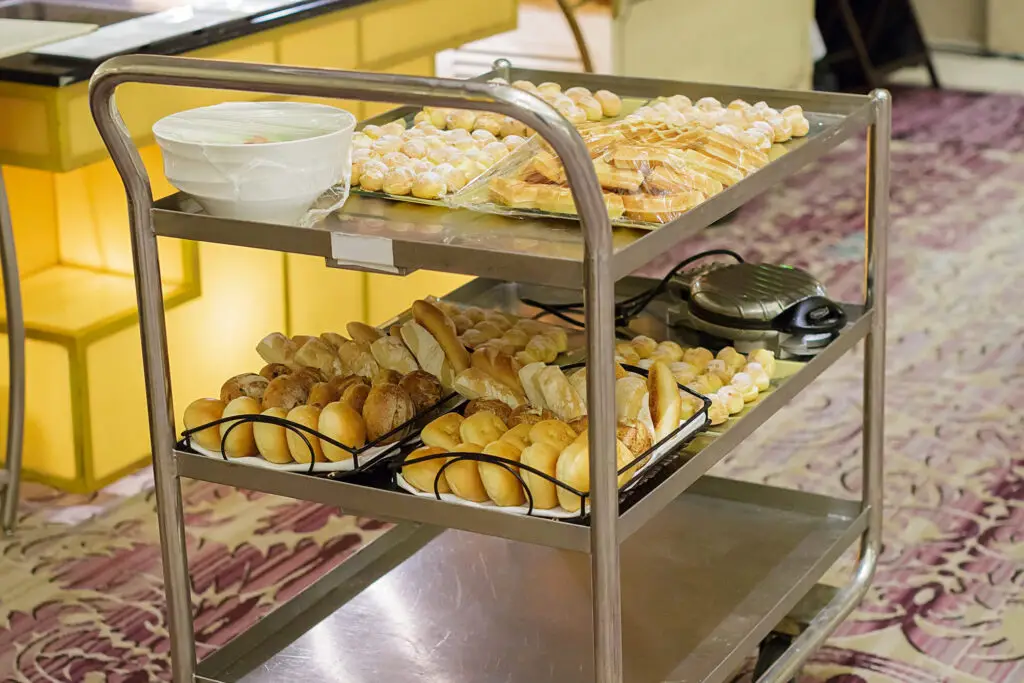
Dessert was a special treat that had to be earned, so students were forced to eat their entire lunch before touching anything sweet. This rule was meant to ensure that kids ate their vegetables and other “healthy” foods first, but it also created unnecessary tension around dessert. Many kids would reluctantly finish their meal just to get to the good stuff at the end.
But this method overlooked the fact that kids often prefer a balance between sweet and savory and that having dessert first can be a good motivator to finish their meal. Today, many schools have relaxed the rigid structure of meal times, allowing students to enjoy their meals in a way that feels more natural. The thought of keeping dessert as some kind of reward that must be earned now feels outdated. After all, why not let kids enjoy a little sweetness when they feel like it?
6. No Sharing Food

The “no sharing” rule was once a strict cafeteria policy. It was enforced to prevent germs from spreading and to avoid any complaints about unfair food portions. But it often led to sad moments when one student had something great, like cookies or extra chips, and couldn’t share it with friends. This rule ignored the social aspect of eating—sharing food is an act of kindness and a way to bond.
Over the years, we’ve come to realize that food is a powerful way to connect with others, and the rule seems completely counterproductive now. It’s hard to imagine school lunches without the casual swapping of snacks or trading of lunches among friends. Today, we understand that sharing can be an important part of lunchtime culture, as long as hygiene is taken into consideration.
7. No Food Outside the Cafeteria
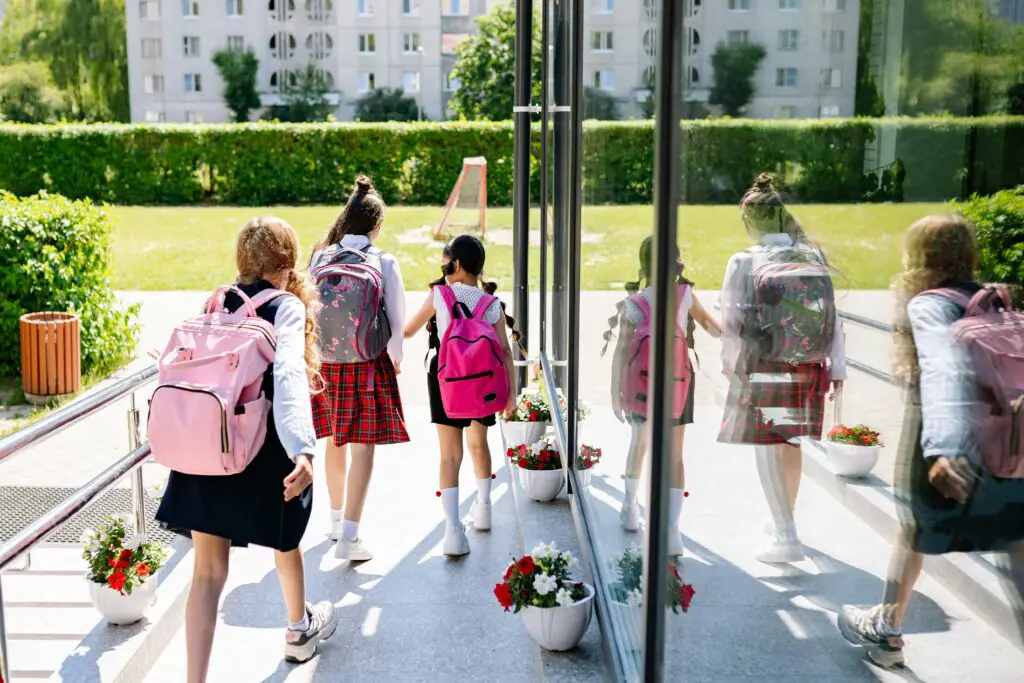
Bringing food outside of the lunchroom was a major no-no in some schools. The idea was to keep the cafeteria as the designated space for eating. However, this rule often made it difficult for kids to enjoy a snack during study hall or between classes. Plus, it didn’t make much sense for a child to be forbidden from eating a snack outside if they were hungry.
While the original intention was likely to keep the school neat, it now seems a little excessive. Students today are more likely to have snacks readily available during the school day. And it’s safe to say that allowing students to eat snacks when they need them is a better approach than restricting food in the name of order.
8. No Mixing Food
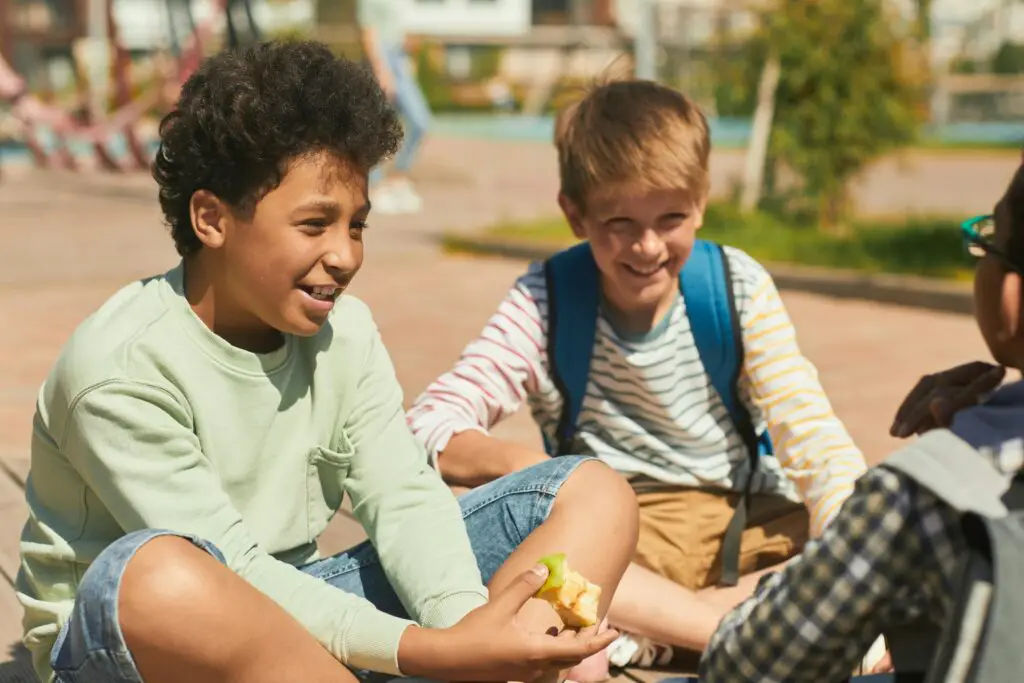
Mixing food was once considered a cardinal sin in many cafeterias. Whether it was salad with your main course or mashed potatoes with gravy, there were rules about what could and couldn’t touch. Many students were reprimanded for mixing foods, as it was seen as unsightly and potentially messy.
But today, we know that food fusion is a fun and often delicious way to create new flavor combinations. The very idea of not letting kids mix their foods now seems so arbitrary. Let kids experiment with their meals—sometimes, combining the mashed potatoes with the meatloaf is the best part! It’s crazy to think that what’s now considered a part of the dining experience used to be banned in school cafeterias.
9. No Second Helpings

Some cafeterias had strict policies on second helpings. Once you finished your first plate, that was it—you were done. This rule was intended to control portions and avoid food waste, but it often left students feeling unsatisfied, especially if they were still hungry.
Today, schools have become more flexible, offering options for kids to get more if they’re still hungry after eating their first portion. The idea of restricting second helpings, especially for growing kids with hearty appetites, seems outdated now. Instead of limiting food, today’s cafeterias focus on providing healthier options that allow for a more balanced approach to eating. The rule about no seconds is one of those cafeteria quirks that now seems unnecessary.
10. No Candy During Lunch

Candy was completely banned in some schools during lunch, as it was considered too sugary and a potential distraction. This rule meant that candy was off-limits even if it was brought from home. But many kids viewed lunchtime as the only chance to sneak in a sweet treat.
The total ban on candy now seems a bit overboard, especially when you consider that most kids today are encouraged to enjoy sweets in moderation. Balancing sugar intake with healthy food choices is a much more reasonable approach than an outright ban. While it’s still important to focus on nutritious meals, the thought of banning candy completely feels like a relic of the past. Let kids enjoy a little sugar every now and then—it’s part of the fun of childhood!
11. Must Sit in Assigned Seats

Assigned seating was a common rule in many school cafeterias. It was believed that this system would prevent fighting, save time, and keep order during lunch. Students were given a designated spot at the table and had to stick to it, no matter how much they wanted to sit with their friends.
At first glance, this may seem like a good way to maintain some level of organization. However, the rule failed to account for the natural need for kids to socialize, change seats, and build connections with different people. Looking back, it’s clear that being forced to stay in one spot every day hindered friendships and personal choice. Today, students have more freedom to choose where they sit, encouraging both independence and interaction.
12. No Talking to the Teacher at Lunch

In many schools, teachers were considered off-limits during lunch. If you had a question or something to discuss, you had to wait until after the lunch period was over. This created a strange separation between students and staff, as it made the lunchroom feel like a “no-go” zone for adult interaction.
This rule now seems a bit harsh, especially when we recognize the value of having casual conversations with teachers. Lunch could be a great time to ask questions or share thoughts in a less formal setting. Nowadays, teachers often interact with students during breaks or lunches, making the school environment feel more open and approachable.
13. No Using the Restroom During Lunch
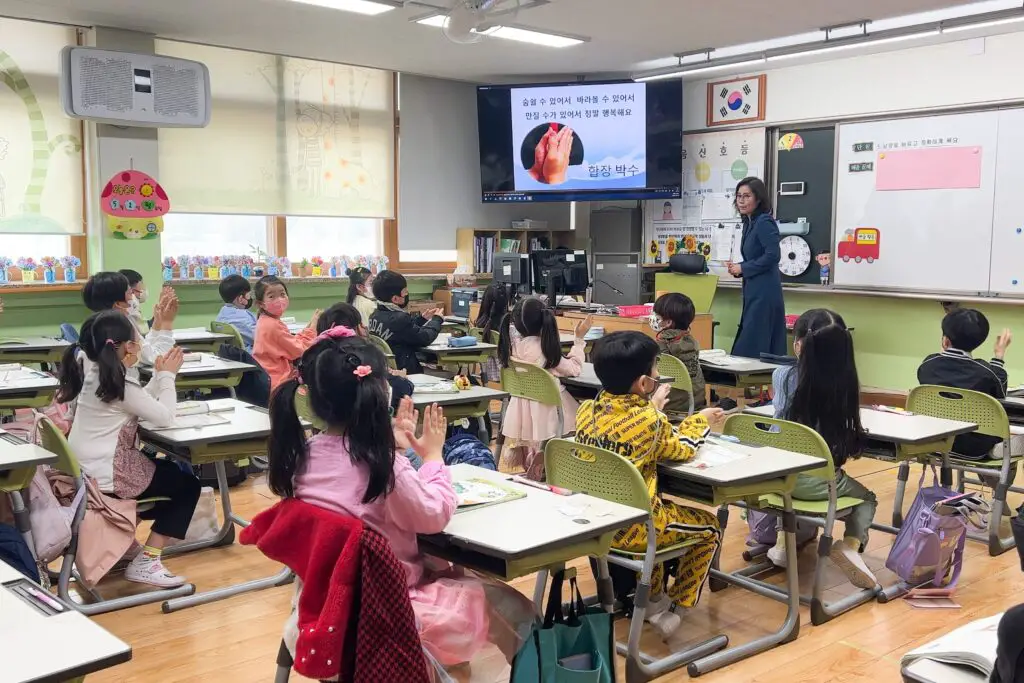
In many schools, students weren’t allowed to use the restroom during lunch hours unless it was an emergency. The reasoning behind this rule was to ensure that everyone was focused on their meal, but it often left students scrambling if they really needed to go.
The restriction on restroom breaks during such a basic need is now considered outdated. Schools have since recognized that letting students take care of their basic needs during lunch is essential to their well-being. Today, students can use the restroom when necessary, without waiting for the bell to ring. The idea of controlling bathroom access during lunch now seems unnecessary and impractical.
14. No Snacks from Home

For a long time, some schools didn’t allow students to bring snacks from home. Everything had to be purchased in the cafeteria, likely because of concerns over fairness and hygiene. But this rule ignored the fact that students might have dietary restrictions or prefer specific snacks.
Now, it’s common for students to bring their own food if they need it, especially for those with allergies or special diets. The idea of preventing students from having snacks they enjoy or need seems outdated. Today, many schools embrace the idea of personal choice when it comes to snacks, recognizing that a little flexibility can go a long way in keeping students happy and well-fed.
